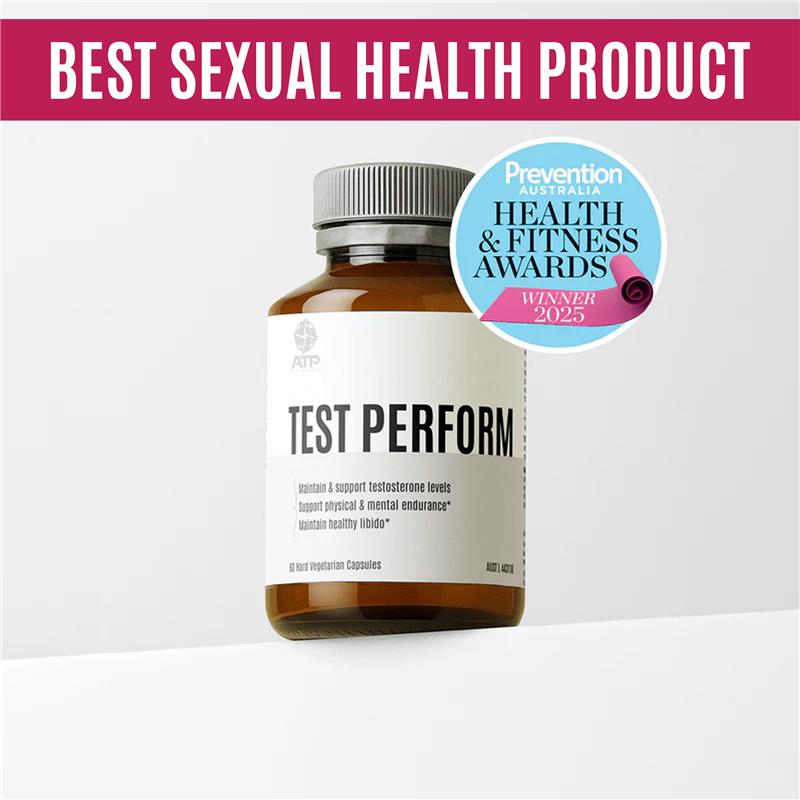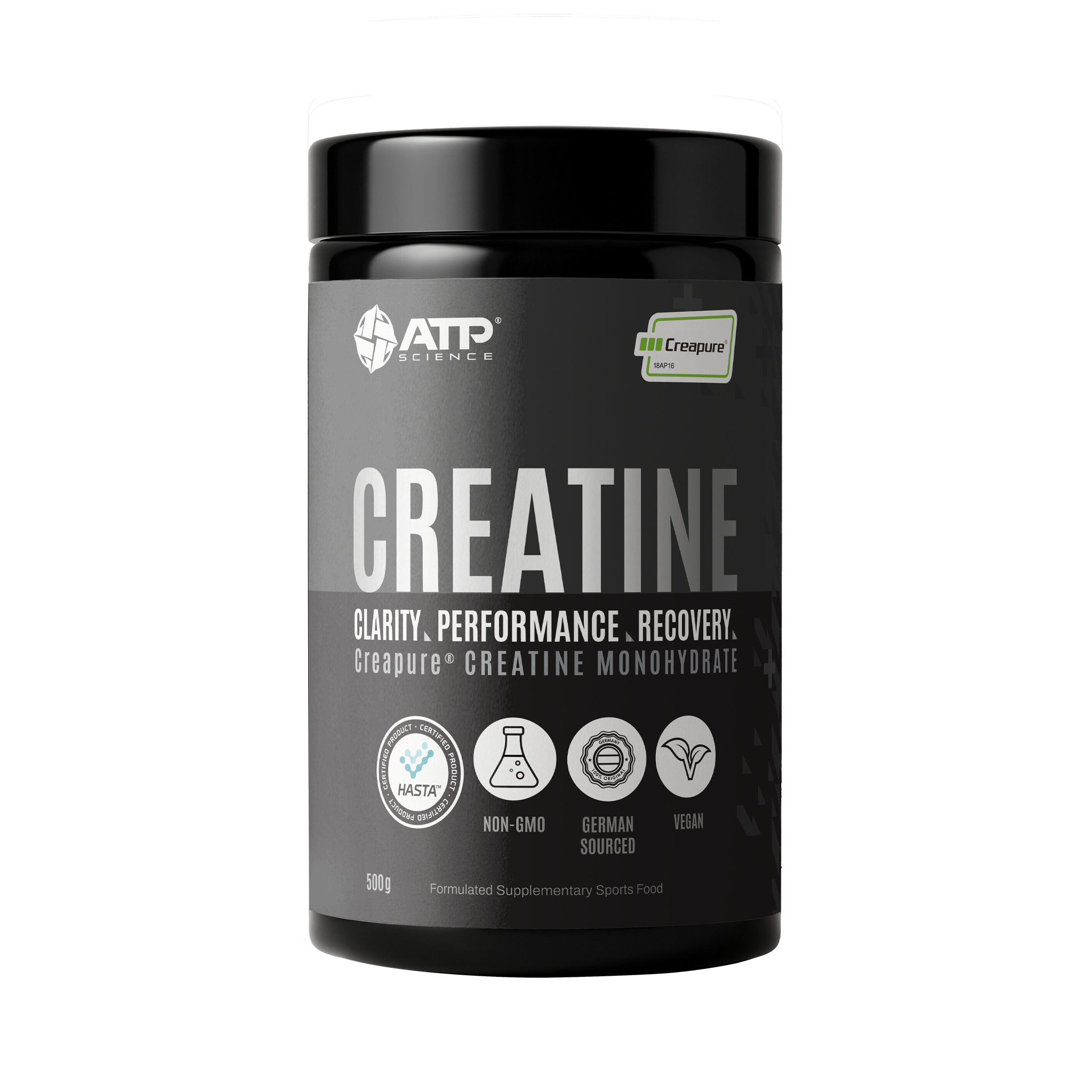The hormones of Menopause
Menopause... Females have the ultimate privilege of creating new life. In preparation for this opportunity, there are multiple stages of hormonal changes such as puberty and the onset of the monthly menstrual cycle until the eggs start to run out and we move into menopause. Menopause is the end of the monthly periods and the reproductive phase of your life and into a stage of reward and enjoyment of your female body and your time to shine and be celebrated.
So, why is it so bloody horrible for so many women? If it is such a privilege and a reward? Yeah, I’m shining in menopause but that’s because of a hot flush, and no celebrations are going on in my dam temple, let me tell you!

What may be common - may not always be "normal"
“Common” is not “normal,” and your “normal” may not be right.
When hormones are out of balance we experience a variety of symptoms throughout our hormonal life and this; if not balanced or corrected can result in a final crescendo of pain, moods, bleeding and a horrible time with menopause. Everyone deserves to understand their own body and perhaps in the modern world more so than ever as we spend less time understanding ourselves and investing in other things; when the most significant investment in life is health and your health as an individual.
Female hormone break-down
In females, we differ in the ratios and stimulation of particular hormones to our male counterparts.
The primary female sex hormones are:
- Estrogen
- Androgens - Progesterone and Testosterone
Follicle Stimulating Hormone
The Follicle-stimulating hormone (FSH) is closely regulated by the sex axis of the body called “Hypothalamic Pituitary Gonadal Axis”. It’s your brain’s way of screaming out to your gonads to make hormones, yes females have gonads too, called - Ovaries. When ovaries catch a whiff of FSH, they stimulate a follicle (egg) to produce estrogen at the site.
For example;
- As part of our monthly cycle, FSH is released during the first half of the menstrual cycle, so in your average cycle, this occurs around day 1-14. Day 14 is usually when it is at its highest. FSH’s role is to stimulate the growth and ripening so to speak; of the follicle and this growth phase requires estrogen. Once the egg is adequately matured, it incurs what is called the “rupture” which is the release of the egg, and at this stage, we enter ovulation and the luteal Phase that are usually days 14-28.
- As seen in perimenopause the ovaries are running out of eggs, and the estrogen production in response to FSH from one cycle to the next can vary dramatically creating symptoms or dis-ease.
- In menopause you out of eggs so there is no estrogen made from ovaries and we not responding to FSH, and that creates the menopausal symptoms.
Luteinizing hormone
As we mentioned above briefly, this is days 14-28 where this tends to be most dominant, and its handy to remember this as the Luteal phase of the cycle where the luteinizing hormone is rising, and Progesterone is dominant for the prosses of pro-gestation. See how it all fits together! A few things happen in this phase:
- Estrogen tends to drop away steadily as progesterone builds an environment compatible for fertilization, it takes a screenshot and freezes it in the perfect moment.
- When fertilization doesn’t occur, our reproductive system turns into an angry child with lego and essentially scraps everything to build a clean slate for the next month, entering our period. The shedding of the lining and a drop in both estrogen and progesterone to induce a period.
As women age, we become progressively less receptive to the communications of FSH and LH banging on the door and perimenopausal and menopausal symptoms begin to show in irregular periods, flushing etc
Testosterone
One of our major Sex hormones, in women Testosterone, plays such a crucial role and is not just beneficial for men as we have been lead to believe. Allocated to the ‘Androgen group’ testosterone is derived from cholesterol, like many of our hormones, and the precursor to Testosterone is DHEA. Testosterone is made in the ovaries and adrenal glands and with the aromatize enzyme is converted over to estrogen also. Testosterone plays many vital roles in females such as
- Lean muscle mass
- Bone density
- Energy
- Libido
Estrogen
Both males and females have and use Estrogen, again this hormone is a derivative from cholesterol and formed in the adrenal glands and Fat tissue. Estrogen plays some major roles in the body:
- In reproductive age women, it supports the reproductive tract and the process of ripening and maturing a follicle for reproduction. Stimulates growth of breast tissue, skin, hair, nails and bone density. Pelvic muscles and mucous membranes.
- As women age and enter the phases of menopause, estrogen steadily declines in production and can open up a can of worms consisting of Brittle hair, nails, fragile skin, poor bone density and exposure to osteoporosis. Dry vaginal membranes or issues surrounding mucous production especially for intercourse. The Musculoskeletal and cardiovascular systems also rely heavily on Estrogen.
Progesterone
Progesterone, as we mentioned, is the Pro-gestation hormone, this is its dominant role. However, it has many others in the body also;
- Promotion of normal cell death in breast cells, which they believe is a vital factor in the prevention of abnormal cells linked with cancer.
- Acts as a counterbalance to estrogen in estrogens role of deactivating thyroid hormone and elevating thyroid hormone binding globulin. Progesterone works to decrease thyroid hormone binding globulin so that the thyroid can work efficiently.
- Another counterbalancing action is the role in progesterone’s ability to break down bone so that estrogen can then rebuild healthy bone. Bone is constantly being broken down and rebuilt
- Progesterone can be utilized in the body’s natural sex drive responses as it can be converted to testosterone and as such increase libido.
- Decreases the likelihood of contraction like cramps when we get our period – Hallelujah!
Peri-menopause - Symptoms
Peri-menopause is the first stages of Menopause, during this stage is often when you begin to see more delays in your cycle, the beginning of Menopausal symptoms such as:
- irregular or more delayed periods
- Vasomotor symptoms such as hot flushes now and then
- Longer or shorter periods varying between light and heavy
- Decrease Infertility
- Decrease in libido
-
Irregularities in mucous status and early signs of vaginal dryness
Menopause
Menopause is classically signified as the time from which your last cycle occurred and 12 months since the time of this last cycle. Once a woman has been without her cycle for around 12 months this is what doctors typically call the prime state of menopause. At this time FSH is still elevated but estrogen continues to decline and the Perimenopausal symptoms that you began having can exacerbate so to speak:
- Onset of osteoporosis
- Vaginal dryness
- Libido decline
- Mood – irritability and depression
- Memory and cognitive issues
- Increase of vasomotor instances – Hot flushes
- Urinary urgency
- Sexual dysfunction – the inability to orgasm or experience the same sensitivity you may have had prior to menopause
- Dry skin
- Sleep deprivation or disturbed sleep patterns
- Mental disorders – schizophrenia, panic disorder and development of OCD
- Weight gain
- Sensitivity to cold
So, what is a woman to do with all these changes?
You are getting used to a lower level of hormone, step down gradually with receptor modifiers and herbal hormonal support;
- Your gonads are giving up and your adrenals are taking over. Your adrenal status will determine your menopausal symptoms.
- Cortisol and DHEA are made of the same stuff! So, if you spend 40 years pumping out cortisol you got nothing left in the tank. Cortisol:DHEA ratios are a good test. DHEA will make progesterone, testosterone and estrogen.
- Hormones are anti-inflammatory, as our hormones decline inflammation increases. All aspects of aging are inflammatory. Cortisol is our main anti-inflammatory hormone and associated with stress that inflammation triggers.
If needed, working with your naturopath to address the above concerns could be the best next step to take on your health journey.


















